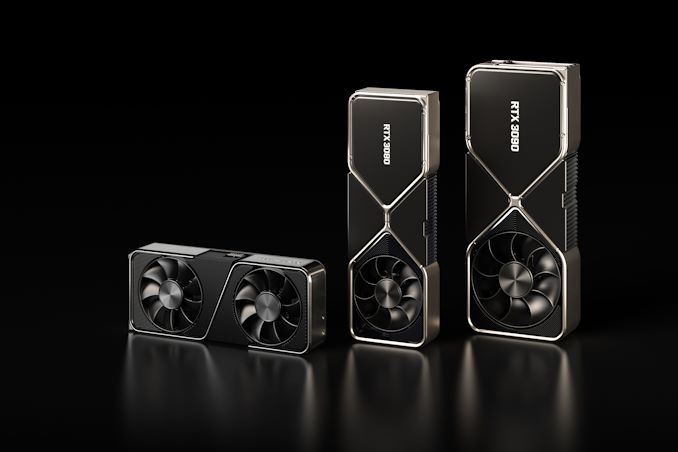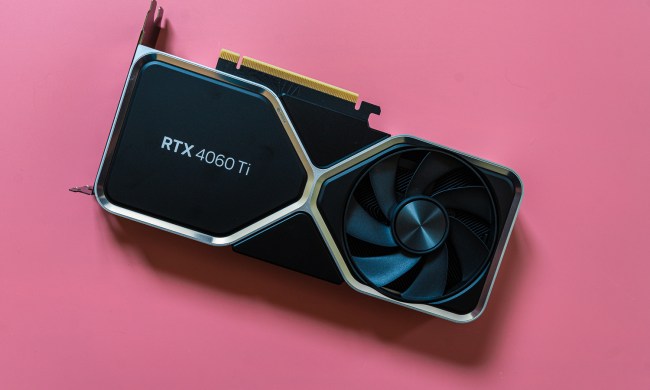Cryptocurrencies big and small are having a rough time right now, with unprecedented drops and losses that may take a while to bounce back.
Seeing as graphics card prices are often affected by the situation in the crypto market, can we expect to see an improvement in the state of the GPU shortage?

The crypto market is fairly volatile on the best of days, but the past week or so has been one of the hardest the cryptocurrency world has ever seen. After the high peaks of November 2021, the major cryptocurrencies — Bitcoin and Ethereum — both took a really heavy blow. As usual, such blows echoed throughout the whole market, and you’d be hard-pressed to find a coin that hasn’t been hit. As a result of this crash, around $800 billion in market value has disappeared from cryptocurrency assets, Reuters reports.
It’s no mystery that graphics card pricing is a delicate matter these days. With the ongoing GPU shortage and the supply issues that come with it, it certainly doesn’t help that cryptocurrency miners tend to buy out suitable GPUs en masse for the purpose of mining. However, as the prices of crypto plummet, we are likely to see the shockwaves reach the graphics card market shortly.
For those wanting to buy a graphics card, the stars may be about to align. We have Nvidia and AMD soon about to release their next-gen graphics cards, which — at least in theory — should affect the pricing of the cards that are out on the shelves right now. Intel is also set to release new GPUs, but with all the recent delays and the fact that they won’t be able to compete with next-gen Nvidia and AMD offerings, that will only have an effect on the midrange and entry-level sections of the market.
In times of shortage, PC buyers have had to deal with GPUs that sell out quickly, and if they’re in stock, they’re overpriced. Crypto mining certainly plays a part in that. With the cryptocurrency market in its current state, mining will become much less profitable, and the cost of a GPU and the upkeep of a mining farm may not be worth the money and the trouble under these circumstances. Ethereum is also set to move to a proof-of-stake model soon, although that’s a bit of a moving goalpost. If and when that happens, it will be another nail in the coffin for crypto mining.
As the demand for mining cards drops, the supply for regular users will naturally rise. A lot of used cards may also re-enter the market. However, the crypto market will, in all likelihood, recover sooner or later, and then we might see GPU pricing go up again. It all depends on the supply.

What happened, and how did it start?
It’s important to note that the financial market as a whole has been experiencing the signs of a so-called bear market for a while now, so things have been tough for crypto over the past few weeks as is. However, this gigantic crash brought Bitcoin to a current low of $28,000, which is less than half of its value in November ($67,000 at its peak), and caused Ethereum to plummet to under $2,000 for the first time in almost a year. It all started with the destabilization of something referred to as a “stablecoin” called TerraUSD.
Stablecoins are cryptocurrencies that are pegged to a fiat currency, meaning they are supposed to maintain a similar value to that of a non-digital currency. In the case of TerraUSD (UST), unsurprisingly, it was supposed to be tied to the U.S. dollar. Unlike other stablecoins, UST used another cryptocurrency, Luna, to maintain its dollar peg. When the value of Luna mysteriously fell by a staggering amount, dropping from $116 in early April down to less than a dollar as of right now, it dragged TerraUSD down with it.
At its lowest point, TerraUSD dropped to 30 cents. Keep in mind that it’s supposed to retain a similar value to the U.S. dollar, so going down from roughly $1 to $0.30 is a massive drop for a currency that is often seen as a safe way to store money without exposing yourself to the volatility of other cryptocurrencies. In order to salvage it, the creator of TerraUSD spent around $3.5 billion worth of Bitcoin. With such a massive amount of money suddenly entering the market, the value of Bitcoin itself crashed.
We are still in the early days of this latest crypto crash, and it’s worth remembering that even though cryptocurrencies are struggling, the GPU shortage is affected by more than just a high demand from crypto mining. However, since we have been seeing improvements across the board, and with next-gen cards on the horizon, it might soon be a good time to start checking out some of the best GPUs.




